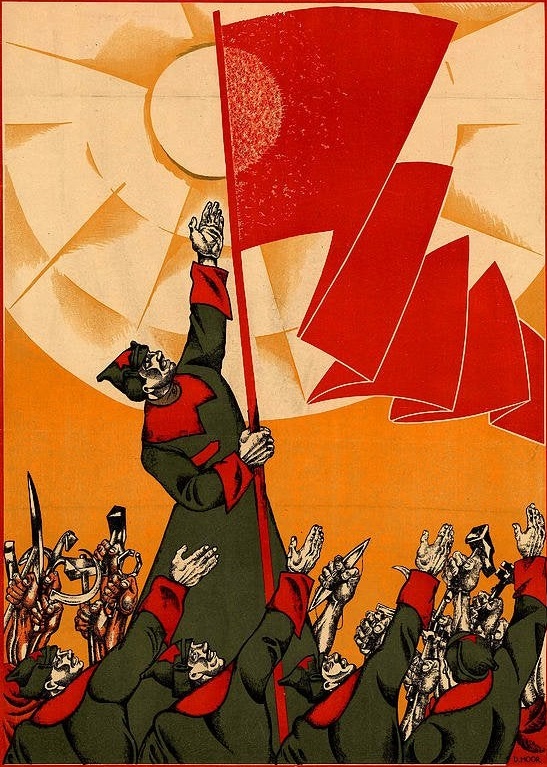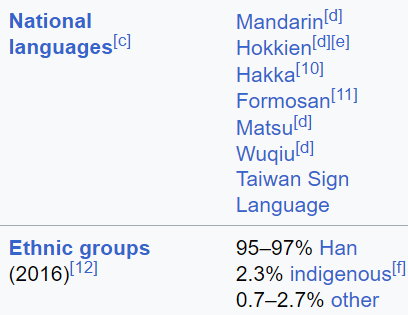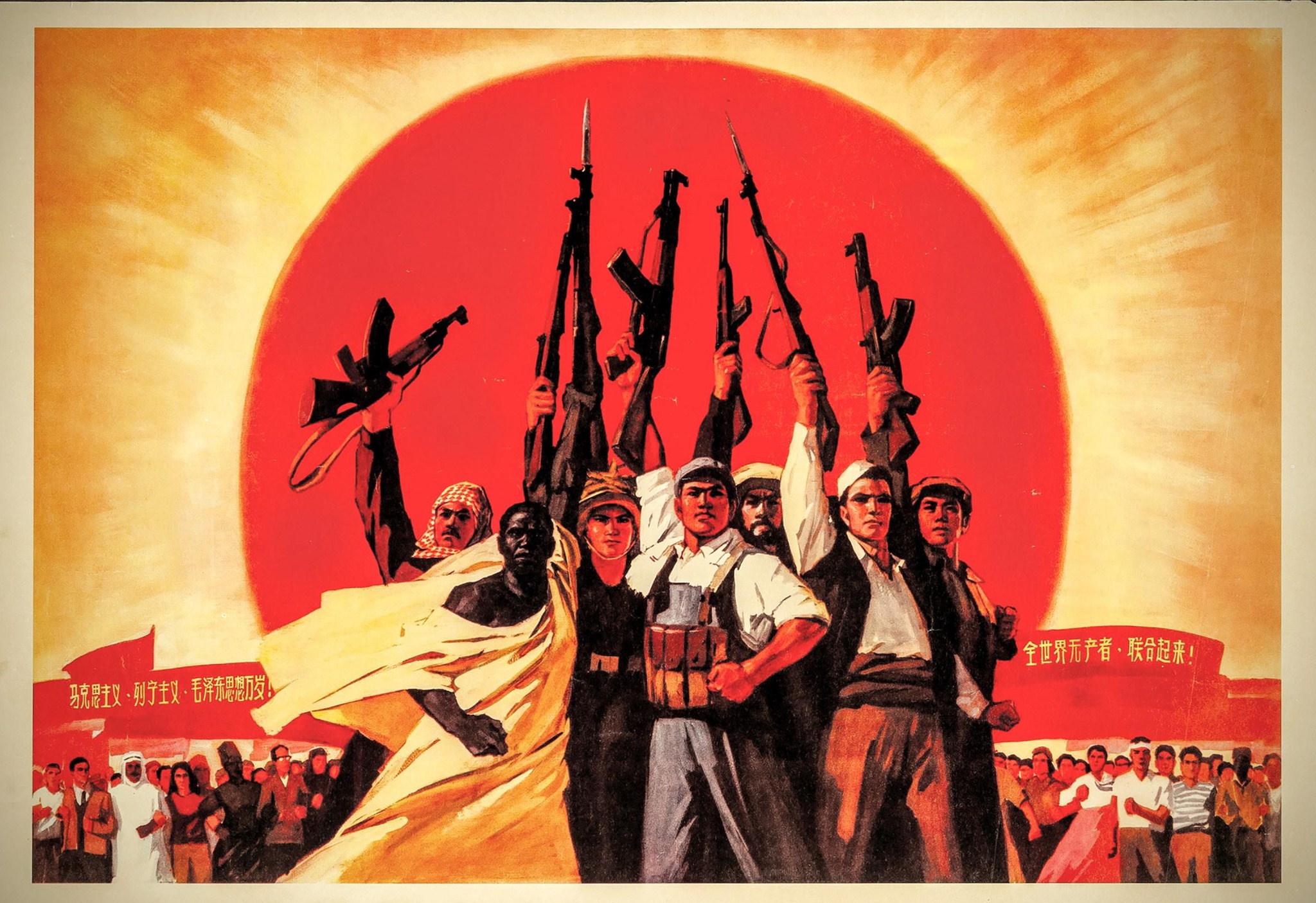Yes, it was upgrade of khopesh.
- 5 Posts
- 752 Comments

 4·19 hours ago
4·19 hours agoYeah that’s literally 2 clicks from the basest of searches:

(Hokien, Hakka, Matsu and Wuqiu are some of very many southern languages of Chinese, and Formosan is the Austronesian group of languages spoken by indingenous population)

 51·19 hours ago
51·19 hours agoBecause they are sucked to the same boot.
It was probably inspired by Egyptian khopesh since it was used in Ethiopia even before the kingdom of Axum. Thing is, the blade is sharp on both sides. So you could either use its inner side as big sickle to reach around enemy shield and try for the weak spots like neck, face or armpits, or if the enemy didn’t had a shield you could turn it to outer side and in this case you it was similar to Persian shamshir in being excellent weapon against unarmored opponents.
Two more interesting thing about it was 1: the designs varies greatly, most were shorter and wider, the curvature also varied; and 2: it apparently worked quite well considering it has been in use for possibly over 2500 years and some Ethiopian emperors even organised special elite units wielding it.
It do looks longer than it is because of proportions. It’s very thin and the handle is pretty short compared to European blades because the blade is also very light so it don’t need much counterweight.
Blade is around 1 meter long.
Sword but very curved and yet not very famous
 (Ethiopian shotel)
(Ethiopian shotel)

 7·1 day ago
7·1 day ago37 people didn’t
deleted by creator
Can’t find it unfortunately
Few days ago there was thread how yuppies are getting on hallucinogens and this cause them to see the grift and stop being yuppies.

 9·3 days ago
9·3 days agoWhile it would be good news, from the tone and source i call bullshit. It sounds just like every other “orc horde incoming” propaganda i ever read and especially in the mouths of isn’treali media it also sounds like preemptive justification of incoming massacres.
Yeah, that was already mentioned by other posters. But if you mention the livestock, it’s a neat point to remind that peasants, both medieval and later ones literally lived with their animals especially in winter. In the same room. Chickens, sheep, goats, cows, pigs. And those weren’t your average cute pygmy piglets people keep as pets, pigs were more like wild hogs and there is terribly long list of known cases where pigs assaulted humans and even killed and and devoured weak people and children. Anyone still want to go back to the bucolic medieval life?
In the field yes, but in and around house there was plenty of work. For example abovementioned threshing was often done in the winter, it was hellish work which took a lot of time up to even the next harvest. Also, what people often forget is that before the agricultural and industrial revolution technic and knowledge wasn’t locked. XVIII and XIX century peasants, depite seemingly living in very similar conditions than their XII century ancestors still had better tools and more knowledge. They did had on average more hands but less land though, that was “recompensed” by serfdom and exploiting peasants from unpaid work.
Medieval peasant would simply be unable to work extra, that’s why serfdom started to appear on wider scale in XV and XVI century after reneissance pushed knowledge forward and population completely recovered after Black Death - it was also beginning of rural capitalism formation, when commodity food production was increasing and of course solution was to squeeze peasant for more unpaid labour (for example, late XVI century Polish landowner could get up to 20 times more money from unpaid labour of peasants on his land than by taxing the same peasants from the same land).
This is only correct for the field work. Other works like threshing and cleaning grain could take literal months. And idk where did you get the notion that holidays were free of work.

 3·3 days ago
3·3 days agoModerate wing of fascism is bored with being moderate.

 1·4 days ago
1·4 days agoMemories of the Lost, Endless Space 2 main theme
I mean, it’s the WotC. They do want to turn your normal rpg game into a collectible where you need to buy into new edition or “edition” every three months because this is exactly what worked for the little colour cardboard pieces which made them rich and be able to encroach over other hobbies.
At least be glad they didn’t yet tried to do expansion boosters for rpg where you buy 20 kg pack of books for ungodly money and try to hit that rare Sword Coast sourcebook but all you get is the 13 copies of Monster Manual.






Hezbollah confirmed it, he’s really dead.